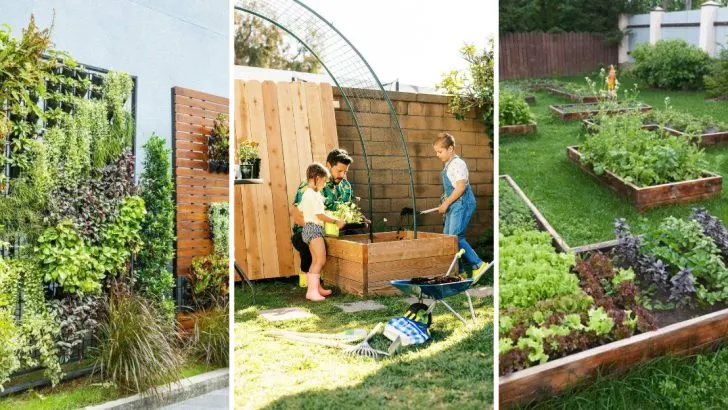Planning your dream garden for 2025 starts with the right approach and a little inspiration. Whether you’re aiming for a lush flower garden, a productive vegetable patch, or a stylish outdoor retreat, thoughtful preparation is key.
From choosing the perfect plants to optimizing your layout for year-round beauty, these 10 simple tips will help you create a stunning and low-maintenance garden. With trends leaning towards sustainability and creativity, your garden can be both eco-friendly and uniquely yours!
Soil Health Check
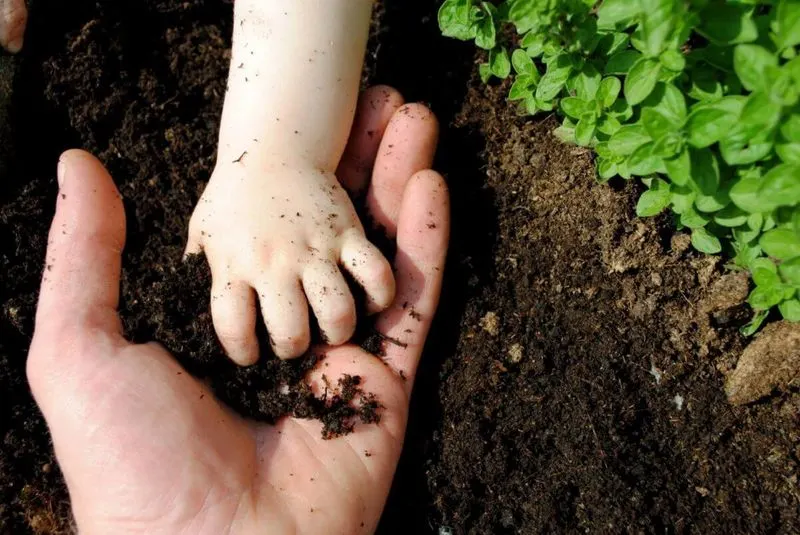
Before planting, understanding soil health is crucial. A simple soil test can reveal the pH level and nutrient content, ensuring the right foundation for your plants. Well-balanced soil promotes healthier growth and reduces the need for chemical fertilizers, making your garden eco-friendlier. This initial step is often overlooked, yet it’s pivotal in achieving a thriving garden. By investing time in testing and amending your soil, you’ll set the stage for a vibrant and sustainable ecosystem. Choose natural amendments like compost to enrich your soil, fostering an environment where plants can flourish seamlessly.
Smart Watering Systems
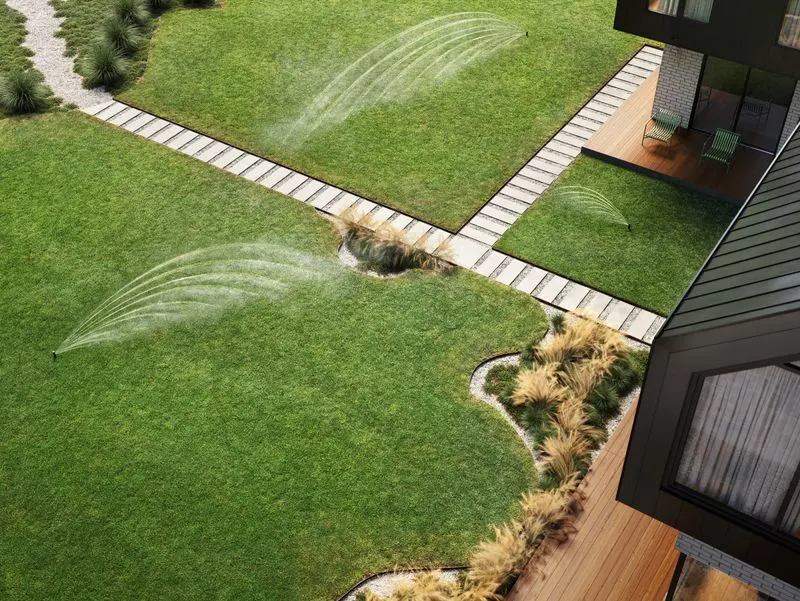
Watering wisely is key to a sustainable garden. Technology now offers smart irrigation systems that adapt to weather conditions, ensuring plants receive the optimal amount of water. These systems not only conserve water but also promote better plant health by preventing over or under-watering. Implementing such technology might seem complex; however, it’s a straightforward upgrade with significant benefits. Consider setting up timers or smart apps to control your watering schedule. This way, you can maintain a lush garden effortlessly, even during dry spells, while reducing water waste.
Companion Planting Techniques
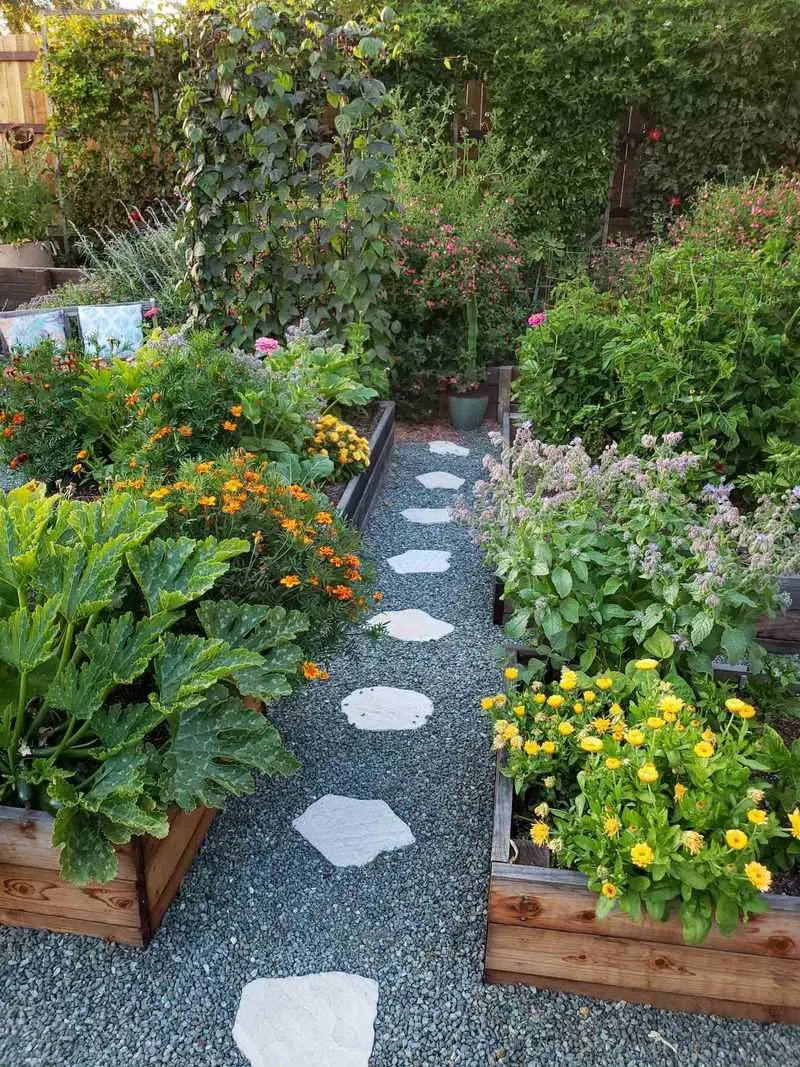
Maximize growth by pairing plants that benefit each other. Companion planting involves strategic placement of plants to improve growth, deter pests, and enhance flavors. For instance, planting basil near tomatoes can boost their flavor, while marigolds can deter common pests. This method enables a self-sustaining ecosystem, reducing reliance on pesticides. It also encourages biodiversity, attracting beneficial insects to your garden. Experiment with various plant combinations to discover what works best for your environment. Companion planting not only optimizes space but also enriches your gardening experience.
Vertical Gardening Solutions
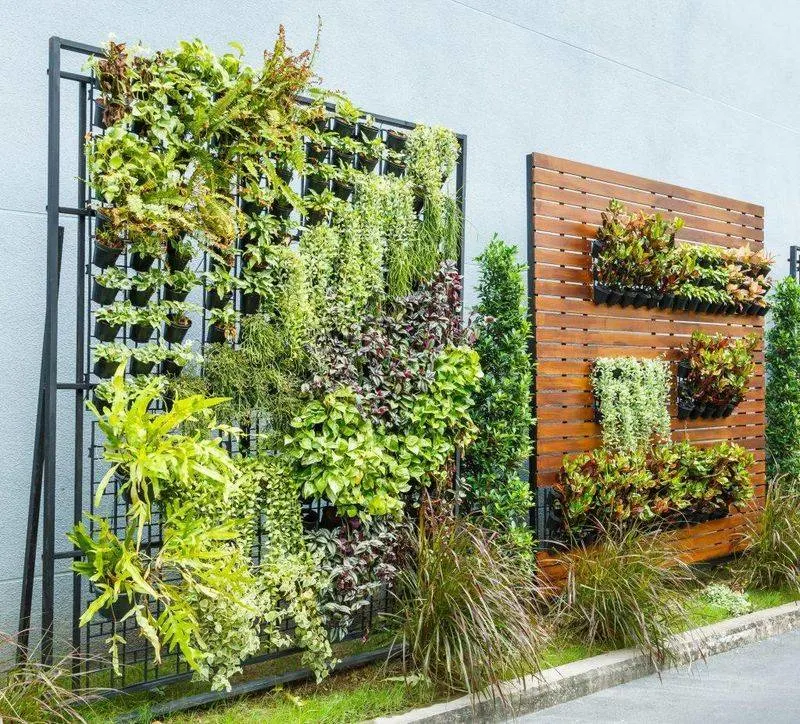
For those with limited space, vertical gardening offers a creative solution. By growing plants on walls or in tiered planters, you can cultivate a green space even in compact areas. Vertical gardens are not only space-savers but also add a striking visual element to any setting. They’re perfect for herbs, strawberries, and leafy greens. These structures can be customized to fit your aesthetic and functional needs. From DIY pallets to sophisticated hydroponic systems, vertical gardening can be tailored to suit any gardener’s level of expertise and ambition.
Native Plant Selection
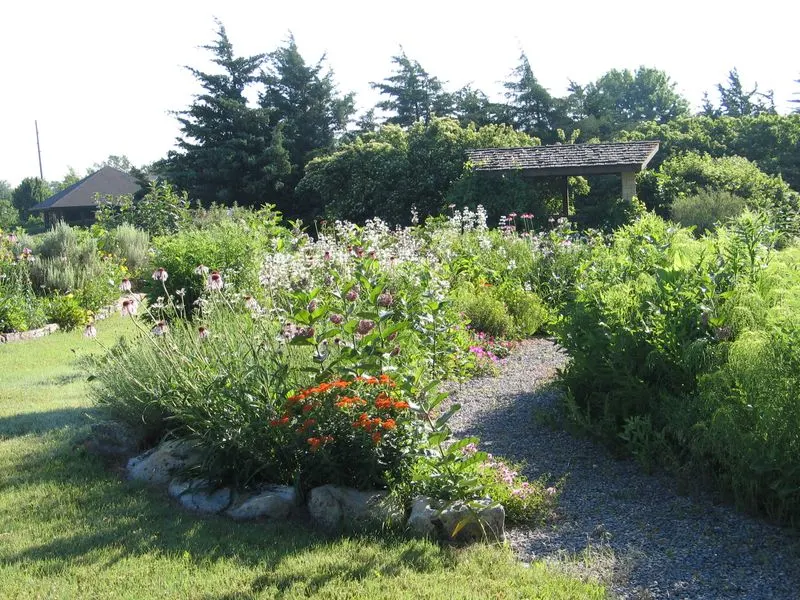
Choosing native plants can significantly enhance your garden’s sustainability. These plants are adapted to local climates and soils, requiring less water and care. They attract native pollinators and wildlife, supporting local ecosystems. Beyond their ecological benefits, native plants add unique regional beauty to your garden. Research plants that thrive in your area and incorporate them into your design. This not only conserves resources but also ensures your garden is a haven for local biodiversity. It’s a step towards a more harmonious and environmentally-friendly gardening practice.
Sustainable Pest Control
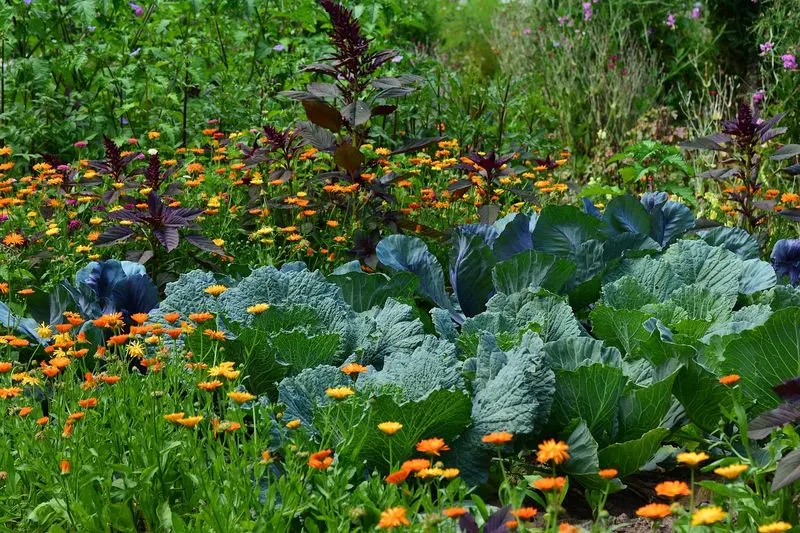
Managing pests naturally helps maintain your garden’s health and productivity. Opt for natural solutions such as neem oil or introducing beneficial insects like ladybugs. These methods are safer for the environment and reduce the need for harsh chemical pesticides, which can harm your plants and soil. By creating a balanced ecosystem, pest issues can naturally diminish. Encourage a habitat for birds and beneficial insects that act as natural pest deterrents. Sustainable pest control not only protects your plants but also fosters a more resilient and lively garden.
Seasonal Crop Rotation
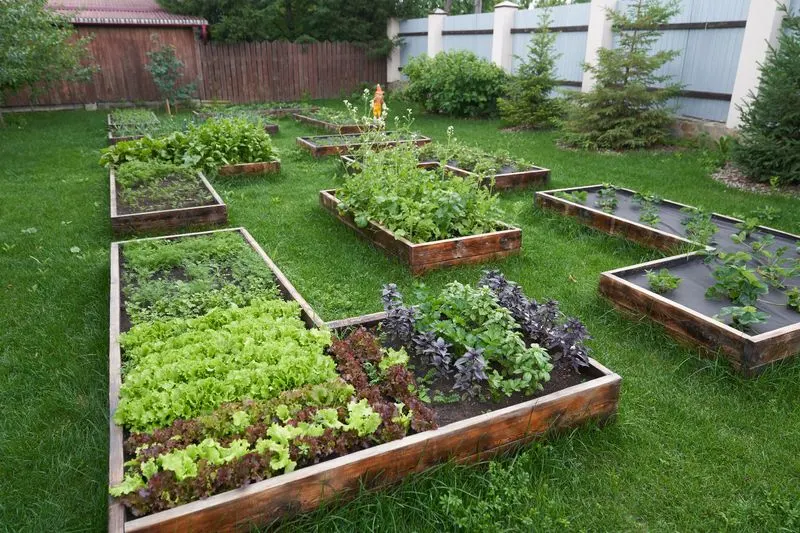
Rotating crops seasonally prevents soil depletion and reduces disease risk. This practice involves changing the types of crops grown in a particular area with each season. It helps maintain soil fertility and disrupts pest and disease cycles. Plan your garden layout to accommodate different crops throughout the year. This method enhances soil structure and nutrient balance, leading to healthier plant growth. By diversifying your planting schedule, you’ll enjoy a variety of fresh produce while minimizing environmental impact. Crop rotation is a smart strategy for long-term garden productivity.
Integrated Composting Systems
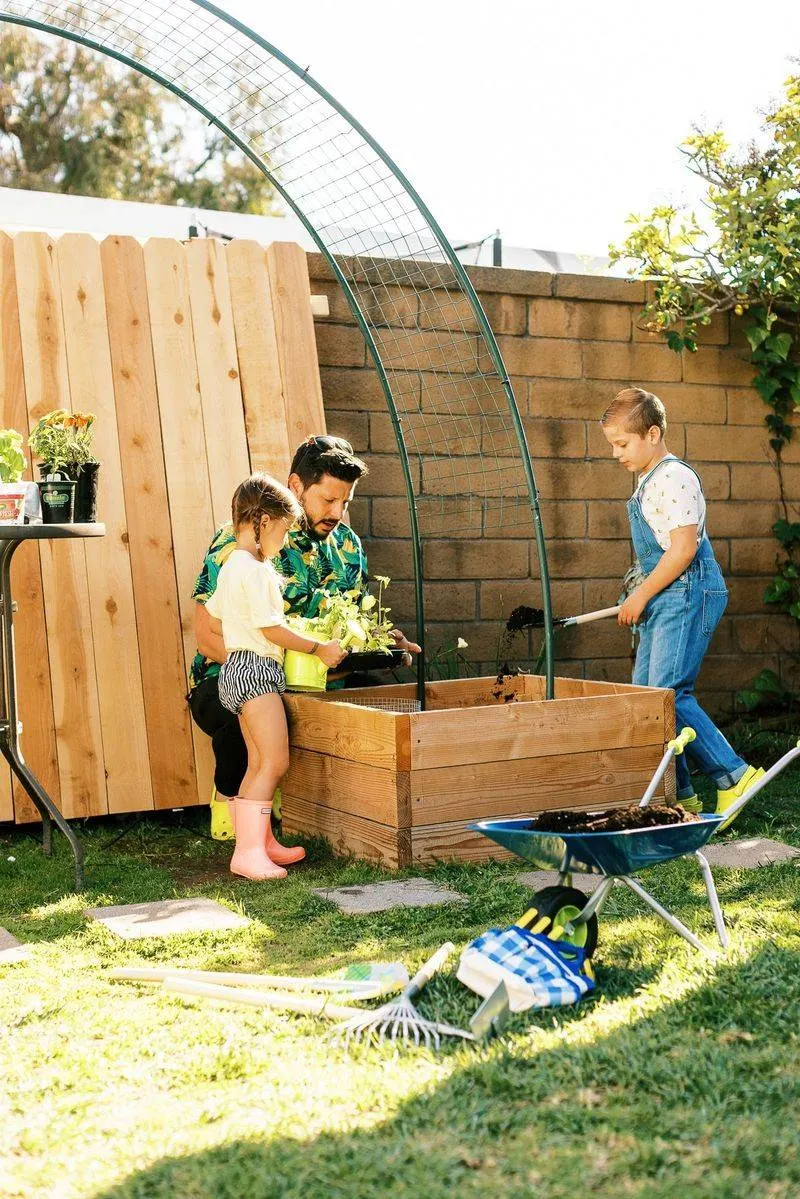
Composting transforms kitchen and garden waste into nutrient-rich fertilizer. An integrated composting system can significantly reduce your household waste while enhancing garden soil. Start by collecting organic scraps and yard debris, then allow them to decompose in a compost bin. This process returns valuable nutrients to the soil, promoting vigorous plant growth. Composting is not only environmentally friendly but also cost-effective, cutting down on the need for commercial fertilizers. Embrace this practice to enrich your garden naturally, supporting a closed-loop system that benefits both your plants and the planet.
Efficient Garden Layout Design
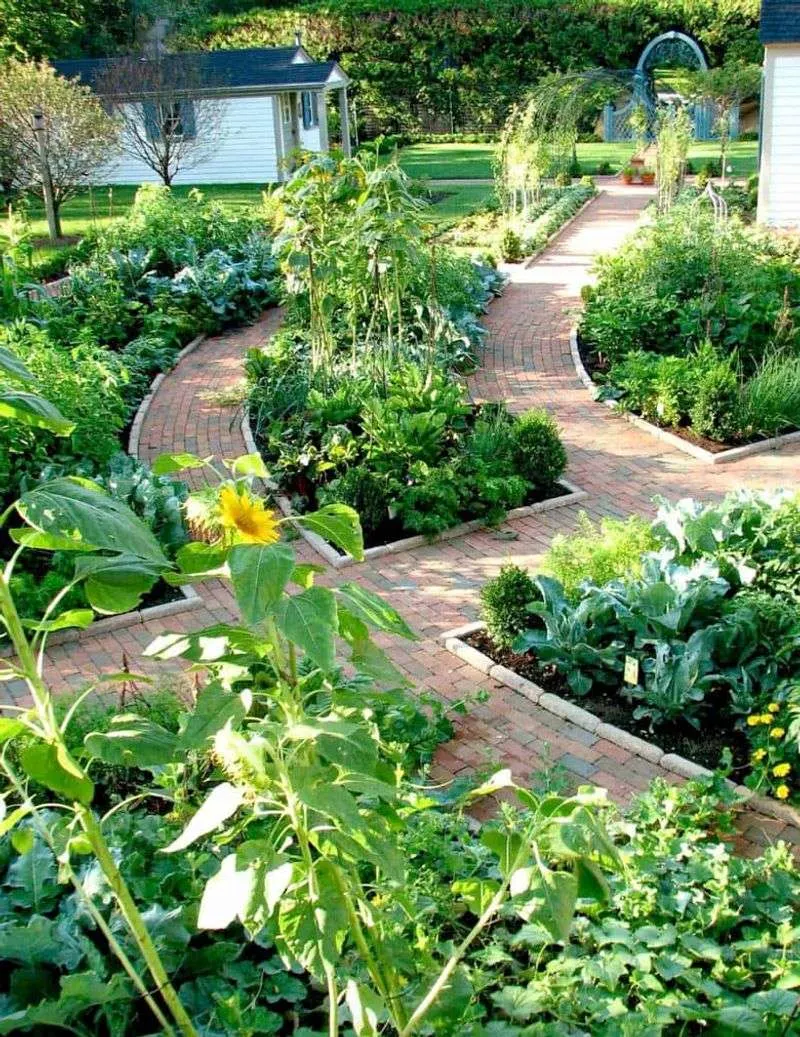
A well-thought-out garden layout enhances both function and beauty. Plan your space to accommodate various plant types, considering their sunlight and water needs. Include pathways and seating areas to make your garden an inviting retreat. Strategic design improves accessibility and maintenance while maximizing plant health. Use borders to separate different sections, ensuring each plant thrives in its preferred conditions. By conceptualizing a cohesive layout, you create a harmonious environment that reflects personal style. A thoughtful garden design elevates your outdoor experience, making it both practical and aesthetically pleasing.
Pollinator-Friendly Features
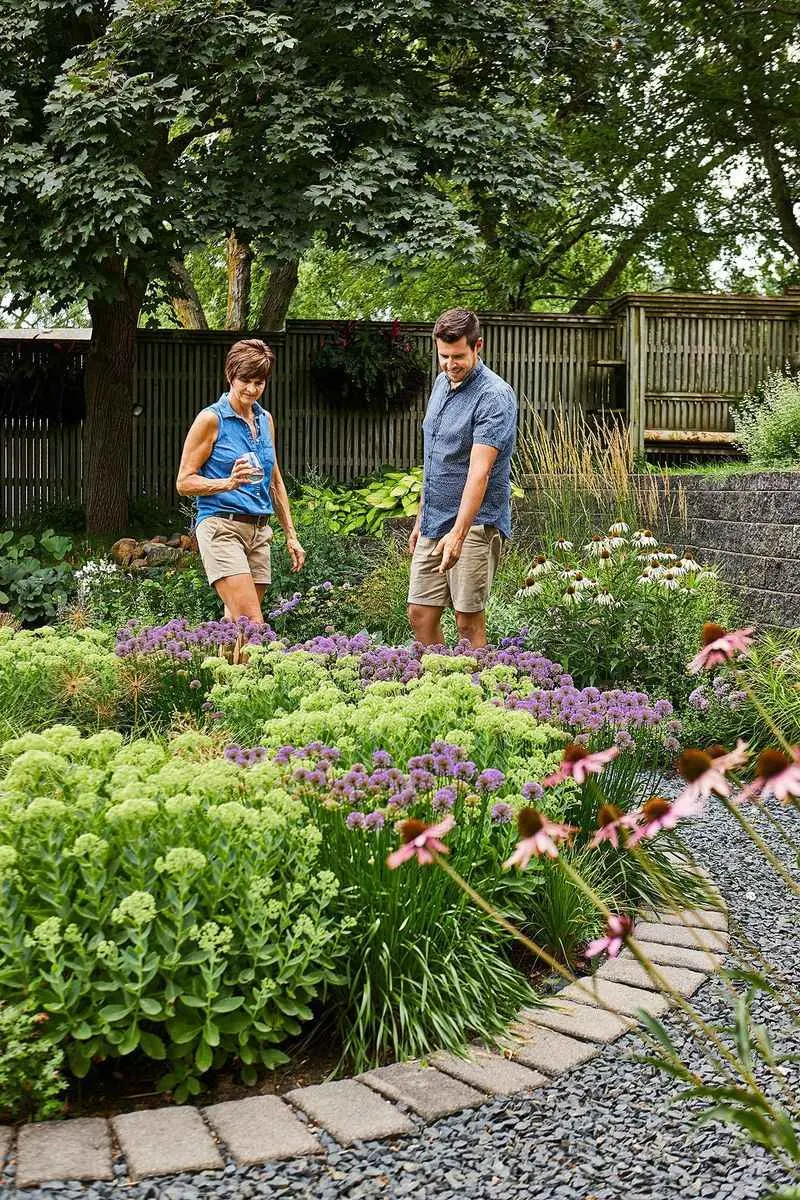
Attracting pollinators is essential for a thriving garden. Incorporate plants that provide nectar and pollen, such as lavender, coneflowers, and sunflowers. These plants support bees, butterflies, and other pollinators crucial for plant reproduction. Adding a small water feature can further entice these beneficial creatures. By fostering a pollinator-friendly environment, you enhance biodiversity and boost plant yields. This approach not only supports local ecosystems but also brings dynamic life and color to your garden. Encourage natural pollination for a flourishing and vibrant garden.

